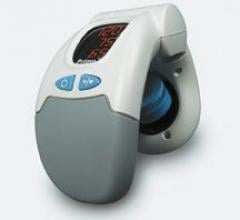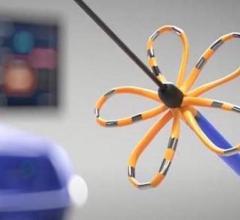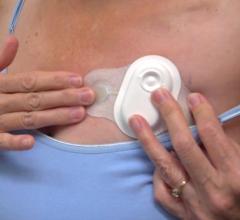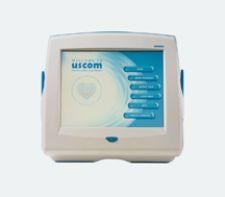
Intensive care units are highly dependent on the efficient transfer of physiological data to multiple healthcare providers. In the delivery of healthcare in 2006 there exists a strong rationale for a tight relationship between critical care and information technology (Celi, Hassan, Marquardt, Breslow, & Rosenfeld, 2001).
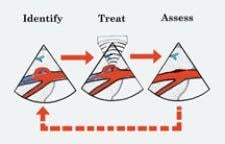
Technological advancements over the years have forced most OR methods used in 1964 into dusty, old history books and ...
Blood pressure measurement is a given for patients in the hospital, but for surgical or critically ill patients — in ...
Providing exceptional cardiovascular care for patients to achieve the best possible outcomes is the number one goal for ...
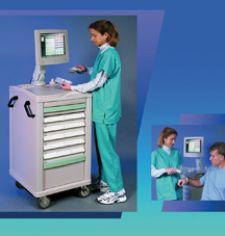
Electronic medical information improves patient safety by providing immediate and complete access to complex patient ...

It’s like a never-ending battle — that’s how Lena Napolitano, M.D., describes the recent and sharp rise in nosocomial ...
A new spot blood pressure monitoring product from Medwave can now be sold and marketed in the U.S. Primo is a handheld ...
Cardiac positron emission tomography (PET) is growing in popularity among cardiologists because it provides the ability ...

DAIC: What are some of the scenarios — decisions or investments — in which a hospital might want to consider doing a ...
When performing radiofrequency (RF) ablation to treat cardiac arrhythmia, medical professionals must balance the safety ...
Drug-coated balloons (DCB), also referred to as drug-eluting balloons, are used to treat peripheral and coronary artery ...
Change Healthcare Cardiology Hemodynamics is an integrated hemodynamic monitoring system for monitoring vital signs and ...

 May 21, 2006
May 21, 2006

